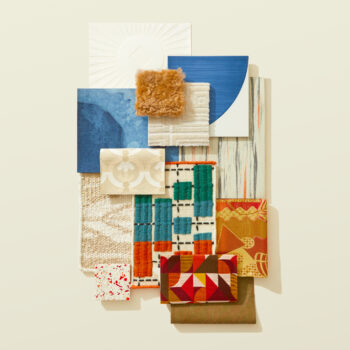
Biophilic design, rooted in the innate human affinity for nature, is revolutionizing the restaurant industry by creating spaces that seamlessly blend the natural world with the dining experience. This design approach emphasizes a deep connection to nature, enhancing the ambiance, materials, and overall atmosphere of restaurants. By incorporating elements of biophilic design, restaurants not only offer a feast for the palate but also provide a refreshing, restorative environment that resonates with diners on a deeper level.
In biophilic restaurants, materials play a crucial role in bridging the indoor and outdoor worlds. Natural materials such as wood, stone, and plant life are central to the design, imbuing the space with a sense of authenticity and warmth. Reclaimed wood, for instance, might be used for flooring, walls, or furniture, contributing to a rustic charm while promoting sustainability. Stone elements, such as slate or marble countertops, add a tactile dimension that evokes the outdoors.
Additionally, incorporating greenery into the design is fundamental. Living walls adorned with lush plants, vertical gardens, or hanging planters not only enhance the visual appeal but also improve air quality and create a calming atmosphere. Textural elements, like natural woven fibers for seating and bamboo accents, further reinforce the connection to nature.
The color palette draws heavily from the natural world, incorporating shades that reflect the earth’s varied landscapes. Warm earth tones—such as terracotta, ochre, and olive green—mimic the hues of soil, foliage, and stone, creating a grounded, harmonious environment. Cool blues and greens evoke the tranquility of water and lush vegetation, while softer tones like sandy beige and misty grey can reflect the subtlety of natural elements. These colors work together to create a soothing backdrop that enhances the dining experience, making it both inviting and relaxing. The aim is to create a space where diners can feel connected to nature, even while indoors.
Biophilic restaurant design emphasizes the seamless integration of nature into the architectural and interior elements. Open, airy layouts with large windows and skylights allow natural light to flood the space, creating a dynamic interplay between light and shadow. The use of natural light not only reduces the need for artificial lighting, but also connects diners with the passage of time and the changing outdoor environment.
Design elements like organic shapes and patterns—reminiscent of leaves, waves, and other natural forms—can be incorporated into furnishings, flooring, and wall treatments. For example, curvilinear furniture designs mimic the natural flow of landscapes, while patterns inspired by flora and fauna can be subtly introduced through textiles and artwork. Water features, such as small indoor fountains or streams, can add a soothing auditory dimension, complementing the visual and tactile aspects of the design. The gentle sound of flowing water contributes to a calming ambiance, enhancing the overall dining experience.
Biophilic restaurant design offers a retreat from the urban environment, creating a space where diners can escape and unwind. It emphasizes the importance of sensory engagement, integrating sights, sounds, and textures that evoke the natural world. This sensory connection not only makes the dining experience more enjoyable but also fosters a deeper appreciation for the environment.
Read more about biophilic design for exteriors with our story on Exterior Urban Green Walls.







